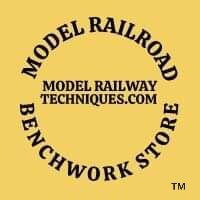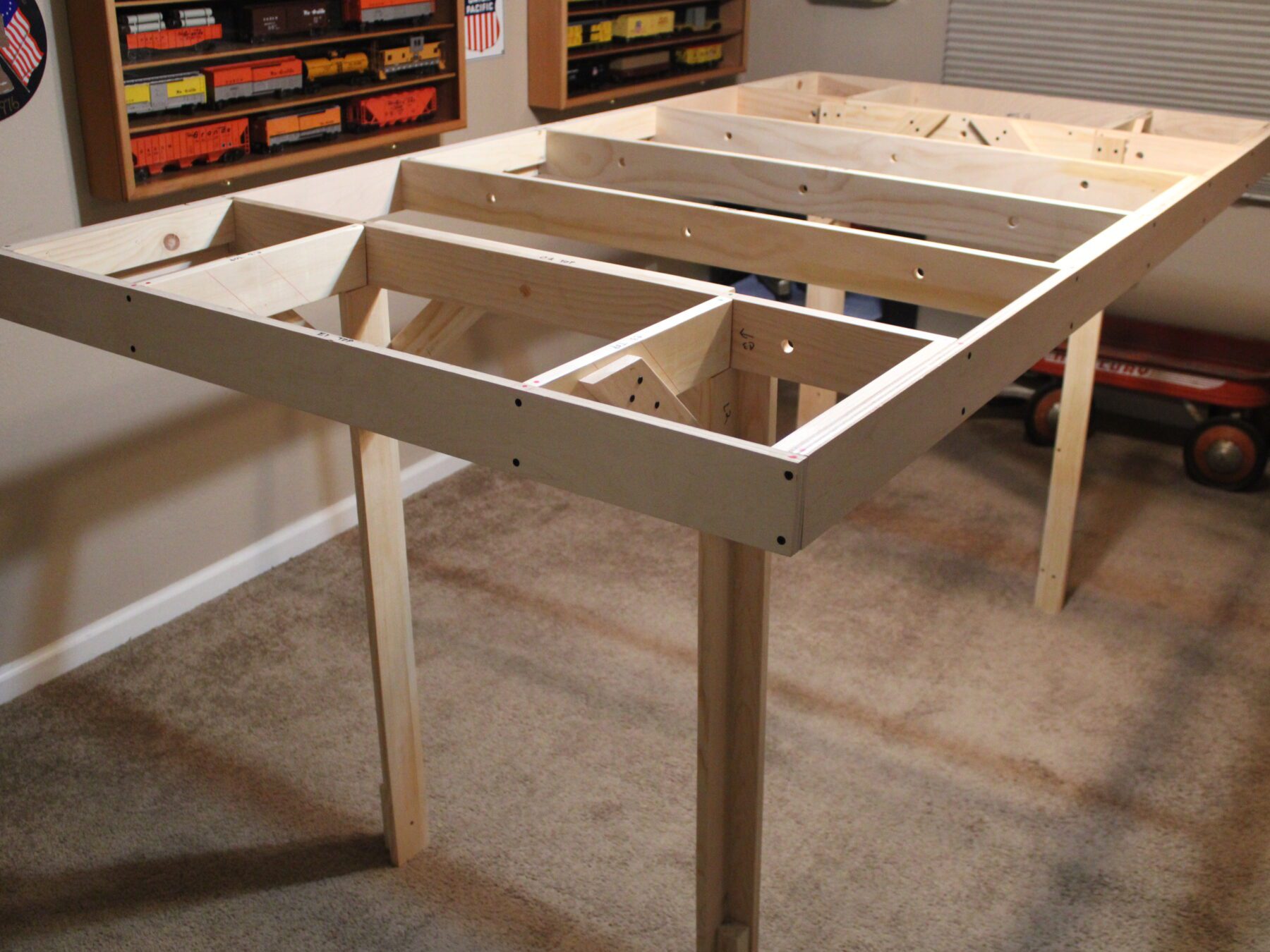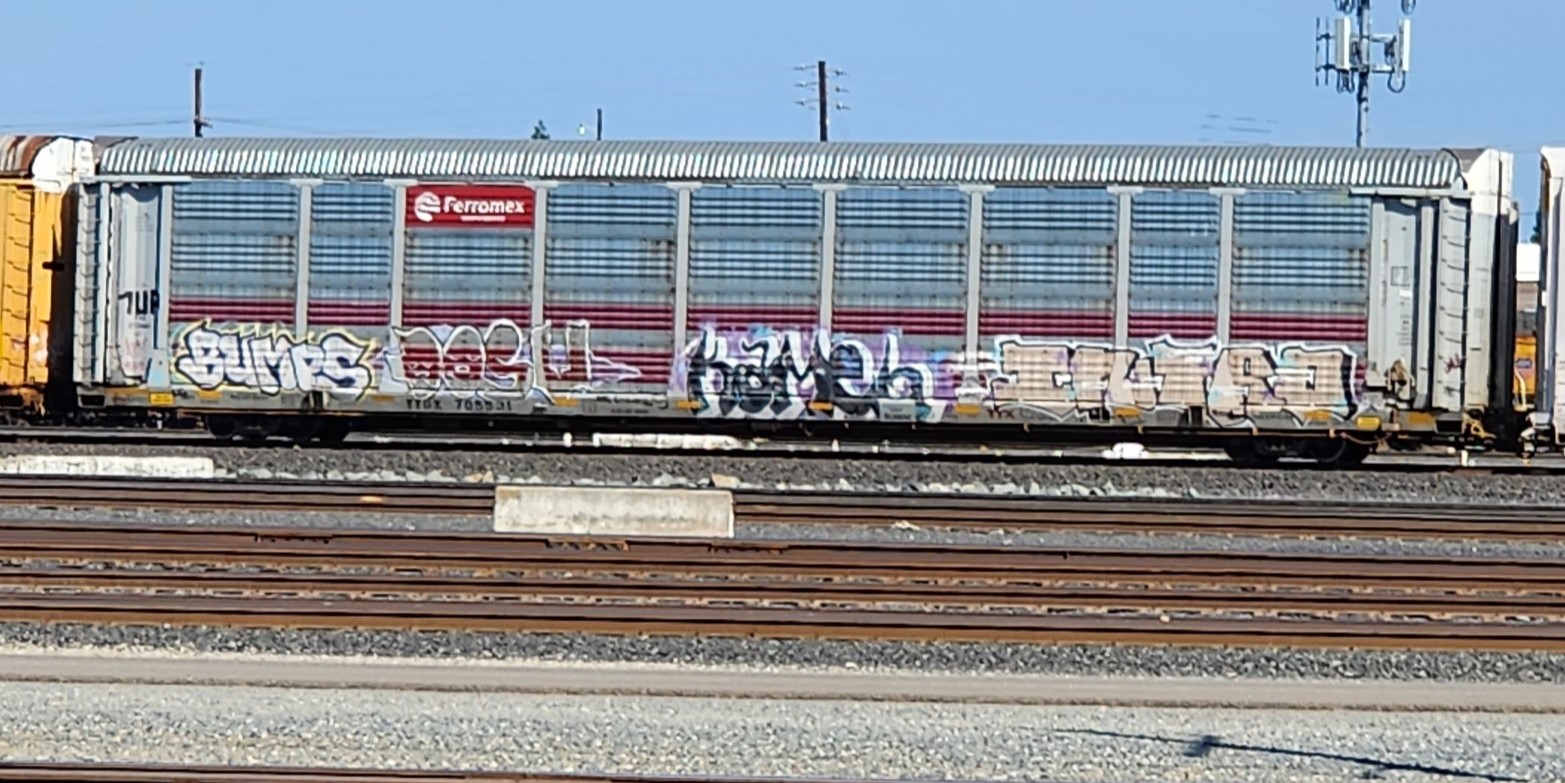Since the table will be the foundation for your Model Railroad, it is important to construct it using quality materials to ensure its longevity. Skimping on the quality of the lumber will only lead to problems and headaches later.
Below you will find 9 helpful tips on choosing and buying lumber if you plan on building your Model Railroad Table yourself. Of course you can have The Model Railroad Benchwork Store provide you with one of our Model Railroad Benchwork Kits or Complete Table Kits and save all the time and hassle of doing it yourself. We use only quality materials for all our products and pay attention to the small details that make a difference.
For those that are still inclined to build it themselves, we offer Digital Benchwork Plan PackagesTM that give you all the information you need to build a strong, reliable Model Railroad Table yourself, eliminating all of the math and guesswork required.
Our highly detailed Digital Benchwork Plan Packages include detailed shop drawings with precise measurements, a master cut list, photos of actual assemblies, and detailed illustrated instructions for final assembly of your Model Railroad table.
Without further ado, here are the 9 Tips for Choosing and Buying Lumber for Your Model Railroad Table:
- Choose knot free kiln dried lumber for the cross pieces and legs. We recommend pine or whitewood as affordable options. Most home improvement stores such as Lowes or Home Depot carry these varieties, or you can check with independent lumber yards or cabinet shops/woodworkers in your area for alternatives. We recommend avoiding hardwood species common in cabinet making, the ends will have more tendency to split when driving fasteners into them, leading to weakened joints.
- The use of ¾” cabinet grade plywood such as birch or maple is encouraged for the sides and ends. When ripped to width properly, it will provide you with straight edges along the perimeter. This is especially important on longer tables, since finding long straight dimensional lumber can be challenging.
- If you are fabricating your own table, often times cabinet shops will have unusable (for them) narrow, leftover rips from full sheets of plywood that they may be willing to offer to you at little price, sometimes even free!
- When choosing dimensional lumber, pay special attention to the ‘crown’ of the board. This refers to the natural arcing or bowing along the edge. Avoid boards with excess crown, as usually this indicates it will worsen over time. It is possible to reduce the overall effect of crowning by cutting longer boards shorter, effectively negating much of the crown; however, use this only as a last resort if finding better pieces proves difficult.
- When assembling your table, all horizontal pieces should have the crown facing up. In other words, the board will be bowing upwards. Weight on top and the effects of gravity will naturally try to push downwards and straighten them. If positioned with the crown down, you will start out with dips and sags that can possibly worsen over time.
- Avoid large knots at all costs, as these are weak spots in the lumber and will inevitably lead to warping and twisting, and in worse case scenarios complete cracking or breaking of the board later. Small, tight knots of 3/8” or less in diameter are usually stable, but it is best to use knot free lumber when possible. If you do use boards with small knots, never have them on the very end; driving a screw there will be difficult and often will cause the knot to ‘blow out’, rendering the joint severely compromised.
- Purchase kiln dried lumber since it is more dimensionally stable. Most kiln dried lumber will not alter much from its present state unless subjected to extreme high ambient temperatures or excessive humidity in the air. Even so, be prepared for some of your lumber to change significantly. For this reason, it is best to buy a bit more and have it for later projects or simply return the unused pieces. General rule of thumb is +20% extra for waste.
- If you are building the table yourself, then we recommend purchasing your lumber and then storing it in conditions similar to the final location of your Model Railroad. This is known as acclimating, and if any boards have a tendency to alter, they will do so once brought back home. If you are outsourcing the fabrication, most woodworking and cabinet shops are in stable environments, and their lumber has been there for a while, so the likelihood of any changes is very minimal at best.
- Be especially careful of boards that begin to twist. If used, they will almost always continue to worsen over time and can even split out the fasteners on end joints. It is best to discard these from the get-go.
If you have any questions or comments regarding this article drop a comment down below and we’ll respond back to you.
Also, please share and click the subscribe button in the bottom right corner to receive automatic updates of new posts. Your email is confidential and will NOT be shared or redistributed.
James, Model Railway Techniques.com
PDF Benchwork Plan Packages, EZ-FOLD NTRAK Modules, EZ-FOLD Free-Mo Modules, and The Model Railroad Benchwork Store are Trademarks of The Model Railroad Benchwork Store/Model Railway Techniques.com and may not be reproduced, copied, or redistributed in any way without prior written consent by The Model Railroad Benchwork Store/Model Railway Techniques.com
Copyright 2025 The Model Railroad Benchwork Store/Model Railway Techniques.com All Rights Reserved
Last Updated on 4 months ago ago by James from Model Railway Techniques



